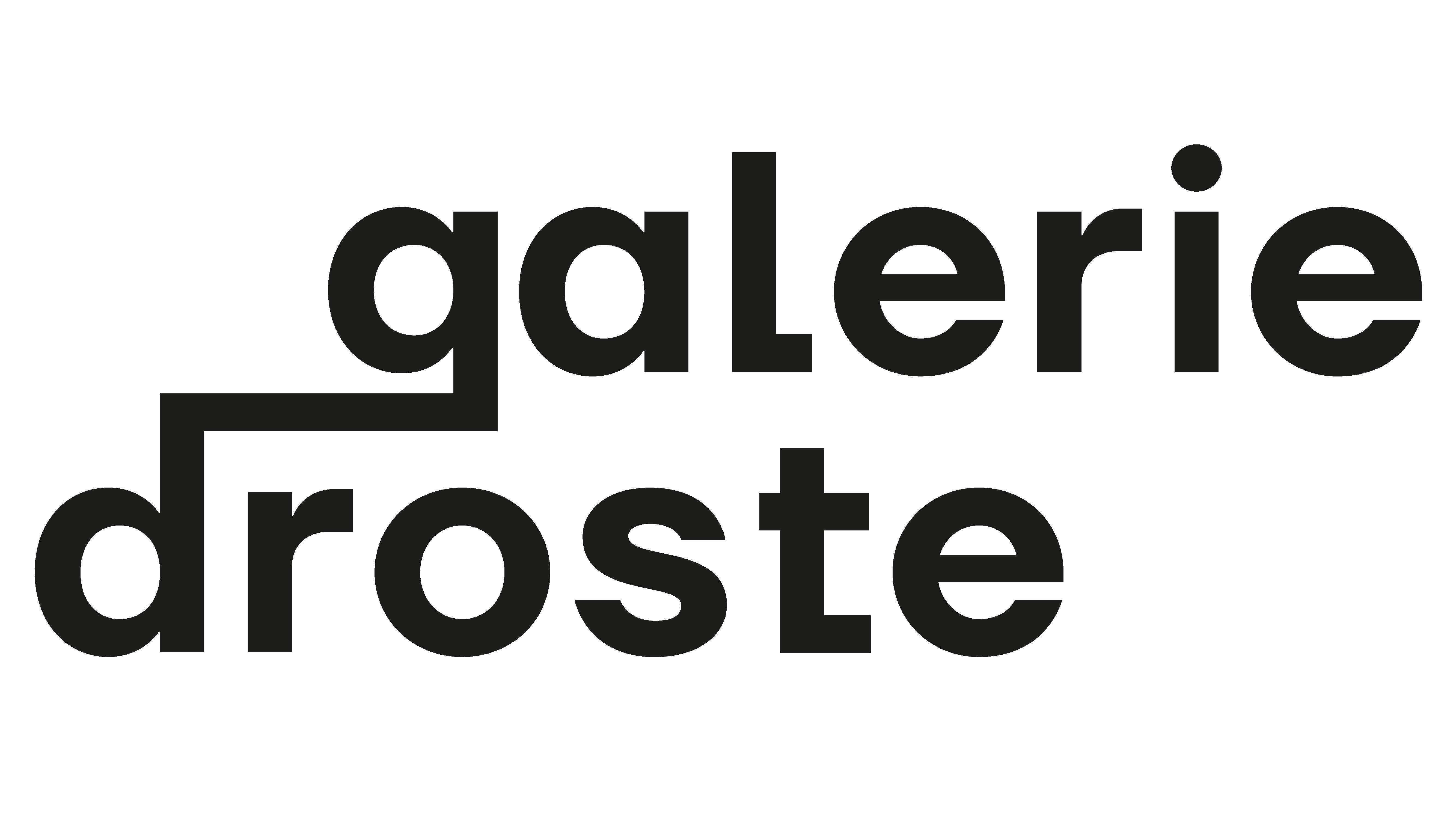The title “What We Did when the Sun Turned Green“, chosen by Laust Højgaard immediately imposes a post-apocalyptic climate. Highly narrative, it invites us from the start to enter the spheres of a strange, changing, intriguing and strangely familiar world.
This familiarity, perhaps, comes from the timeless material offered to us by myths and legends. It must be said that in the figures of Laust Højgaard, these stories occupy a sort of leading role. Giants, from a people without ethnicity and without gender coming out of the depths, take over the space given to them on the canvas. They try to fit into its rectangular forms and bend to their constraints. Armed, adorned with accessories, and accompanied by fabulous animals, they catch the eye of the viewer by their size, their eagerness as well as their solitude. Like a back of a coin, these creatures that are both monster and hero seem to wander in a defined frame from which they would like to escape. There is something of a romantic hero in these beings: an astonishing meeting of the Nordic and German tales, Kalevala, Eddas, Nibelungen, of the Vikings before Christianization and of Egyptian cube statues, those stone sculptures where busts and arms are reduced to a cubic form, mysteriously forcing the human figure to geometrize itself.
This is not the only encounter that takes place in Laust Højgaard’s paintings. In movements that sometimes resemble a choreography, urban culture is infatuated with the grotesque, in the Renaissance sense of the term: that which has a taste for the bizarre and the caricature. Indeed, in this hybridity of figures, it would be a mistake not to see the notion of humor in his work. It is necessary to immerse oneself in the multitude of details and in the many layers of his paintings to understand that the purpose is much more subtle than these characters striving to forge a carapace of muscles, tattoos and studs while deceiving sexed attributions.
Laust Højgaard (*1989, DK) graduated in 2006 from the Odense Designacademie, Denmark, in 2008 from The Drawing Academy, Viborg (DK), in the class of Artem Alexeev, and the Danish School of Media and Journalism in 2012.


